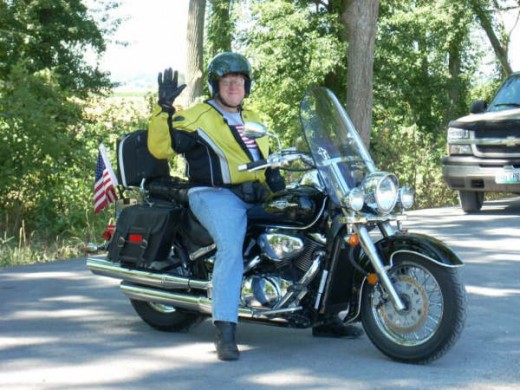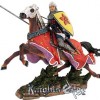Motorcycle Pre-Ride Inspection

Motorcycle Safety - Pre-ride Inspection.
Hello Bikers!
I am certain that most of you have been instructed at the beginning of your riding career the importance of performing a safety inspection of your bike AND yourself. As time goes by though, I know many of us have probably not done an adequate job keeping up with this. To help me keep on my toes and do a THOROUGH job, I just remind myself that if something happens with your motorcycle, serious injury can result. In a car, most of the time you can just pull off the road and choose what action to take, but with a motorcycle a minor thing can cause a major catastrophe! Just getting a flat tire could cause a major mishap that could lead to death! So, doing ALL that you can to make sure your motorcycle is road worthy is vital not only to you, but others on the open road.
Pre-ride inspections will help insure a trouble-free ride and also help reassure you that in an emergency situation your motorcycle will respond to you as it should. An inspection really doesn't take very long and if you do it consistantly before each ride, it will become a normal routine. Much safety information on how to inspect your motorcycle will be found in your Owner's Manual. If you don't have one, I would suggest getting one through the manufacturer or a motorcycle dealer. Visual inspection of your bike will enable you to spot potential problems before they become a problem. Fluid puddles under your frame while the motorcycle is parked, tires that look low need to be checked out. No motorcyclist wants to breakdown on the highway...believe me, I have been there and it is no picnic, especially when it is pouring down rain and you are getting drenched!
An easy method I learned while taking a Motorcycle Safety Course and one most of you have heard of is called the T-CLOCS inspection. This quick, easy, but vital technique should be done before every ride. Just like regular motocycle maintenance, the inspection before each ride is of utmost importance! Wear and tear on your motorcycle will occur with normal use, so as time passes, an inspection becomes even more vital.
This is the Pre-Ride Inspection method I learned in Safety School, called T-CLOCS. Each letter represents an area to inspect on your motorcyle. (Note: I have seen different versions of this, but what follows is the most common)
T -Tires and Wheels
- Air pressure
- Tread
- Cracks, dents, loose spokes on the wheel
- Bearings
- Brakes
C - Controls
- Levers (brakes, clutch, gear shift)
- Switches
- Cables
- Hoses
- Throttle
L - Lights and Electrical
- Working condition
O - Oil and Fluids
- Levels
- Leaks
C - Chassis
- Suspension components (shocks, springs)
- Drive components (chain, belt, or driveshaft)
S - Sidestand
A pre-ride inspection should not take more than a few minutes. If done properly before you ride, it can help you identify something before it becomes a problem.
Remember, a mechanical failure by neglect in an automobile is usually
just an inconvenience. But the same failure on a motorcycle may result
in you being stranded on the side of the road, injury, or even death! I
have heard of bikers who were injured say that if they had really taken
the time to consistently inspect their bikes before a ride, the
accident most likely wouldn't have happened!
Now, LET'S RIDE!!!!!
RIDE SMART! RIDE SAFE!









